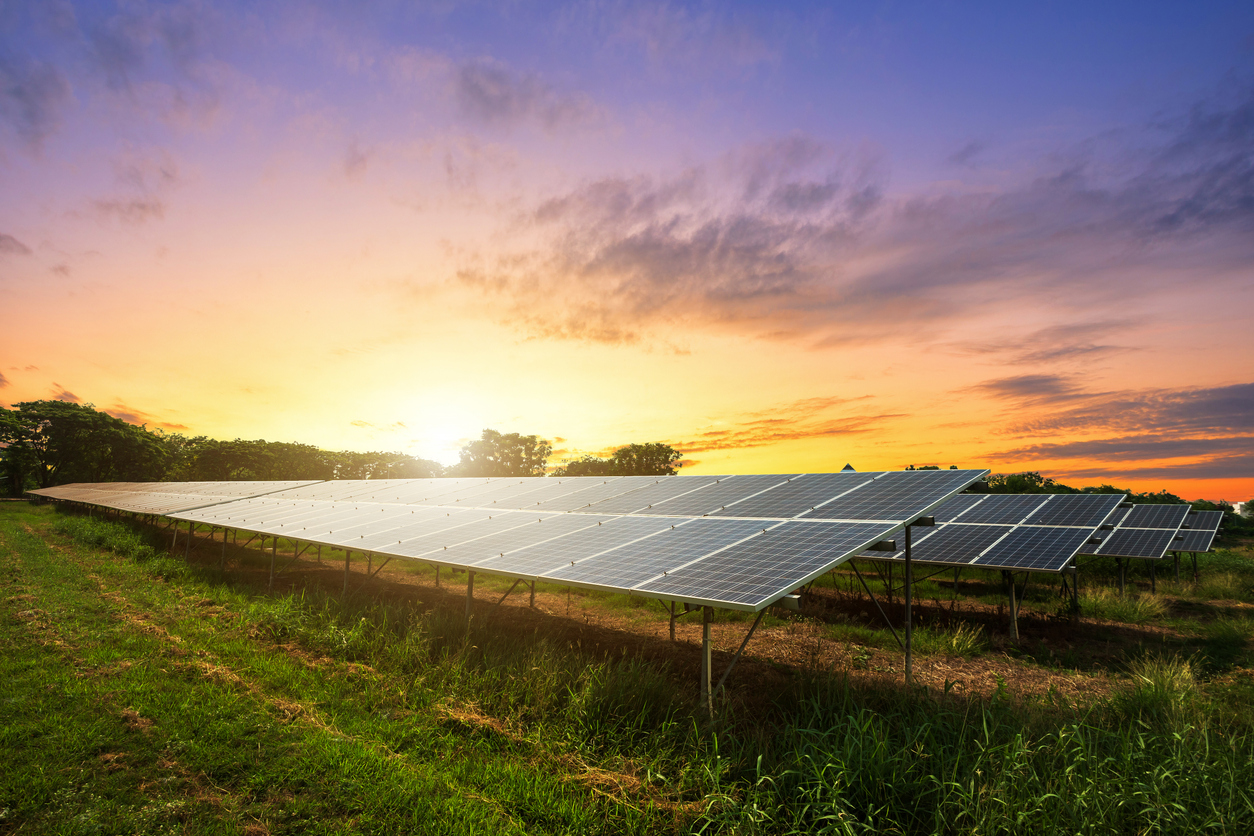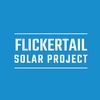Statement of Support for Flickertail Solar Project

Richland County is at risk of letting a golden opportunity slip through its fingers. The Flickertail Solar Project is a $300 million private investment in our community, and the benefits are undeniable. Read the facts below, then please sign up as a supporter to help ensure that we don't let this opportunity pass us by.
Solar farms pay property taxes. Flickertail Solar Project will pay a projected $800,000 each year in property taxes. Here's the estimated breakdown:
- $290k for the State of North Dakota
- $320k for Richland County
- $90k for Richland #44 School District
- $120k for Colfax Township; Walcott/Colfax Fire Department
Renewable energy is booming across the Midwest, benefiting residents of rural communities. Colfax Township and Richland County can reap the benefits from the new cash crop of solar energy!
- ENSURES STABLE FUNDING FOR RICHLAND COUNTY FOR DECADES
- Revenue for schools, roads, and emergency services
- ATTRACTS NEW BUSINESSES & ECONOMIC DEVELOPMENT
- Affordable renewable energy = stable, predictable costs
- PRESERVES FARMLAND FOR FUTURE AGRICULTURAL USE
- Land is returned to original condition after 30 years, guaranteed
- PROMOTES CLEAN AIR & CLEAN WATER
- Zero risk of contamination, zero byproducts, zero pollution
- A ONCE IN A LIFETIME OPPORTUNITY TO SECURE LONG TERM BENEFITS
Flickertail Solar Project will produce clean, affordable energy while benefiting residents.
Key Facts About Solar
DECOMMISSIONING: All panels, equipment, and materials will be reused, recycled, or disposed of. The project land will be restored to its original condition at the expense of the developer. This is guaranteed in the contract, and money is set aside for it at that time.
HEALTH: Panels represent zero contamination risk. PV materials in panels are contained in a solid matrix, are insoluble, and are enclosed. Solar energy produces no emissions, waste, odor, byproducts, or light or noise pollution. The extremely low frequency EMF from PV arrays and transmission lines is the same as the EMF people are exposed to from household electrical appliances and wiring in buildings.
WHERE DOES THE POWER GO? Electricity on the grid flows to the nearest outlet, so much of this energy will be consumed locally. However, the market for energy is regional and it could get purchased elsewhere. Think of solar energy just like the other crops, like corn, wheat, and sugar beets that are currently harvested in your community. While some of those resources stay local, many are shipped outside your community but provide valuable income and jobs locally.
COST OF SOLAR POWER: Solar is the cheapest form of adding new generating capacity. Plus, the sun shines during peak hours of power consumption. Solar also provides a long-term hedge against increasing prices because it does not consume any fuel and allows utilities to purchase energy at stable long-term rates. This helps to reduce future increases in electricity prices.
PROPERTY VALUES: In examining property values in states across the U.S., recent studies show that living in proximity to a solar farm does not deter the sales of agricultural or residential land. According to the Solar Energy Industries Association (SEIA), large-scale solar arrays often have no measurable impact on the value of adjacent properties.
For a full list of FAQs for Flickertail Solar Project visit FlickertailSolarProject.com or tinyurl.com/ynbae8um
